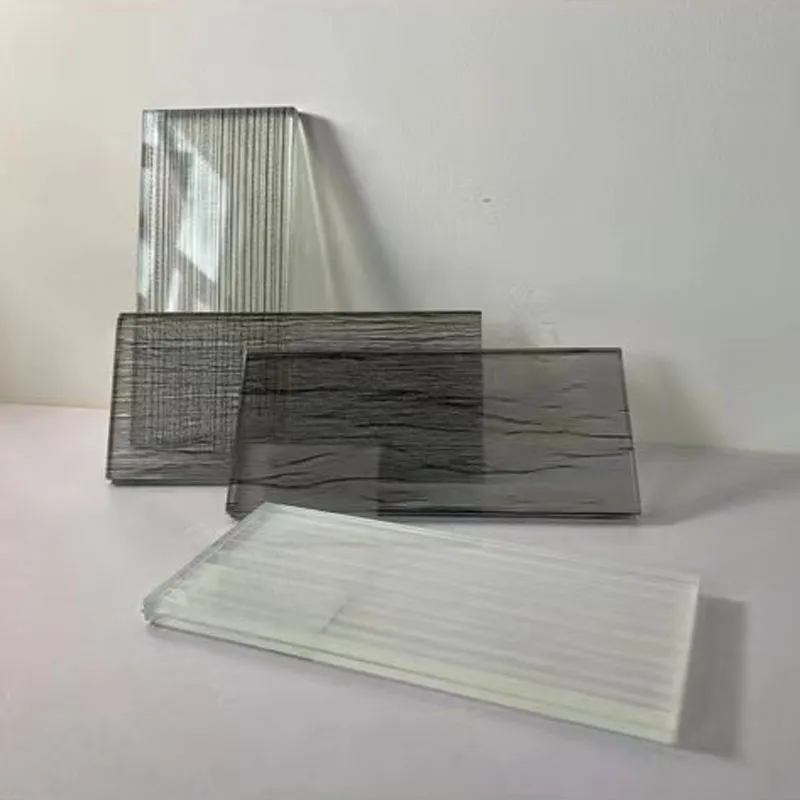Is Toughened Glass Breakable?
Toughened glass, also known as tempered glass, has become increasingly popular in modern architecture and everyday products due to its strength, safety features, and aesthetic appeal. However, despite its many advantages, a common question arises Is toughened glass breakable? The answer lies in understanding its properties, production process, and real-world performance.
Understanding Toughened Glass
Toughened glass is made through a heating and cooling process that significantly increases its strength compared to regular glass. The manufacturing process involves heating the glass to temperatures of approximately 600°C (1,112°F) and then rapidly cooling it. This creates compressive stresses on the surface and tensile stresses within the glass, resulting in a material that is approximately five times stronger than standard glass. Consequently, toughened glass is employed in a variety of applications, from glass doors and shower enclosures to windows in high-rise buildings.
Breakage Characteristics
While toughened glass is much stronger than ordinary glass, it is not unbreakable. When subjected to significant force or impact, toughened glass can shatter, but it does so in a safer manner compared to its non-toughened counterparts. Instead of breaking into sharp, jagged shards, toughened glass breaks into small, blunt pieces that are less likely to cause injury. This safety feature makes it ideal for environments where human contact is frequent, such as in homes and commercial spaces.
is toughened glass breakable
Factors that can lead to the breakage of toughened glass include thermal stress, impact, and edge damage. For instance, if glass experiences sudden temperature changes—a phenomenon known as thermal shock—it can lead to breakage. Similarly, a heavy object dropped on the glass surface can cause it to crack. Damage to the edges during installation or handling can also compromise the structural integrity of the glass.
Real-World Applications
Toughened glass is widely used in various applications due to its strength and safety features. In architecture, it is frequently used for facades, skylights, and glass staircases. In automotive design, toughened glass is utilized in side windows and sunroofs. The advantages of using toughened glass extend beyond strength and safety; it also provides aesthetic value, allowing for expansive views and natural light in buildings.
In homes, toughened glass is often found in shower doors, glass railings, and tabletops. These applications demonstrate its robustness while enhancing the space's overall design. However, homeowners should remain aware of the glass's limitations. Regular inspections and care are essential to maintain its integrity and appearance.
Conclusion
In conclusion, while toughened glass is significantly stronger and safer compared to standard glass, it is not entirely breakable. Understanding its properties, handling, and maintenance is essential to maximize its functionality and longevity. As a result, toughened glass continues to be a popular choice in various applications, balancing strength, safety, and style. While it can withstand considerable stress and impact, it is crucial to approach it with care, as with any other material, to embrace the benefits it offers fully. Therefore, the answer to whether toughened glass is breakable is nuanced; it is strong, but like any material, it requires respect and proper management to ensure its performance over time.
 Afrikaans
Afrikaans  Albanian
Albanian  Amharic
Amharic  Arabic
Arabic  Armenian
Armenian  Azerbaijani
Azerbaijani  Basque
Basque  Belarusian
Belarusian  Bengali
Bengali  Bosnian
Bosnian  Bulgarian
Bulgarian  Catalan
Catalan  Cebuano
Cebuano  Corsican
Corsican  Croatian
Croatian  Czech
Czech  Danish
Danish  Dutch
Dutch  English
English  Esperanto
Esperanto  Estonian
Estonian  Finnish
Finnish  French
French  Frisian
Frisian  Galician
Galician  Georgian
Georgian  German
German  Greek
Greek  Gujarati
Gujarati  Haitian Creole
Haitian Creole  hausa
hausa  hawaiian
hawaiian  Hebrew
Hebrew  Hindi
Hindi  Miao
Miao  Hungarian
Hungarian  Icelandic
Icelandic  igbo
igbo  Indonesian
Indonesian  irish
irish  Italian
Italian  Japanese
Japanese  Javanese
Javanese  Kannada
Kannada  kazakh
kazakh  Khmer
Khmer  Rwandese
Rwandese  Korean
Korean  Kurdish
Kurdish  Kyrgyz
Kyrgyz  Lao
Lao  Latin
Latin  Latvian
Latvian  Lithuanian
Lithuanian  Luxembourgish
Luxembourgish  Macedonian
Macedonian  Malgashi
Malgashi  Malay
Malay  Malayalam
Malayalam  Maltese
Maltese  Maori
Maori  Marathi
Marathi  Mongolian
Mongolian  Myanmar
Myanmar  Nepali
Nepali  Norwegian
Norwegian  Norwegian
Norwegian  Occitan
Occitan  Pashto
Pashto  Persian
Persian  Polish
Polish  Portuguese
Portuguese  Punjabi
Punjabi  Romanian
Romanian  Russian
Russian  Samoan
Samoan  Scottish Gaelic
Scottish Gaelic  Serbian
Serbian  Sesotho
Sesotho  Shona
Shona  Sindhi
Sindhi  Sinhala
Sinhala  Slovak
Slovak  Slovenian
Slovenian  Somali
Somali  Spanish
Spanish  Sundanese
Sundanese  Swahili
Swahili  Swedish
Swedish  Tagalog
Tagalog  Tajik
Tajik  Tamil
Tamil  Tatar
Tatar  Telugu
Telugu  Thai
Thai  Turkish
Turkish  Turkmen
Turkmen  Ukrainian
Ukrainian  Urdu
Urdu  Uighur
Uighur  Uzbek
Uzbek  Vietnamese
Vietnamese  Welsh
Welsh  Bantu
Bantu  Yiddish
Yiddish  Yoruba
Yoruba  Zulu
Zulu 

